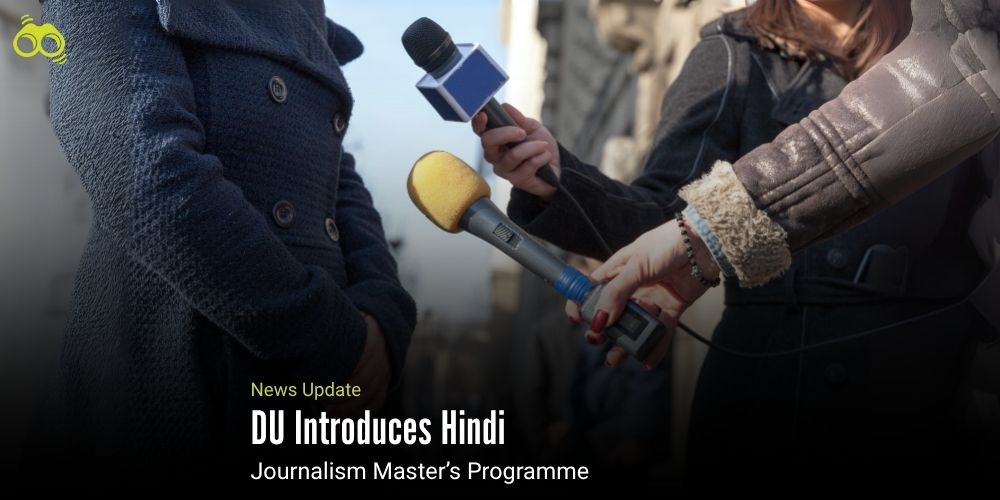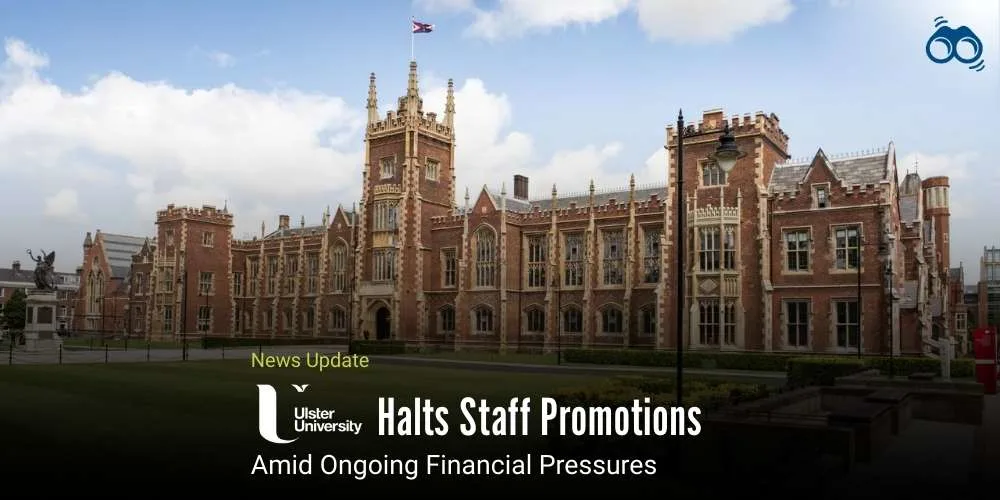Delhi University Bolsters Heritage of Hindi Journalism with Innovative MA Programme
Transforming Regional Media: Delhi University Unveils New MA in Hindi Journalism Programme
In India, a country where Hindi journalism boasts a legacy spanning nearly two centuries and is supported by over one hundred prominent Hindi newspapers, the role of regional language media continues to be pivotal. Against this historical backdrop, Delhi University’s Standing Committee on Academic Matters has approved the introduction of a master’s programme in journalism taught in the Hindi medium. The programme is scheduled to commence in the 2025–26 academic session, marking a significant development in the promotion of regional language journalism.
This decision coincides with the annual celebration of Hindi Journalism Day on 30 May, which commemorates the publication of Udant Martand in 1826, recognised as India’s first Hindi-language newspaper, and underscores the vital role of journalism as the fourth pillar of democracy. The new postgraduate programme, to be delivered through the Department of Hindi within the Faculty of Arts, has been designed following the University’s Postgraduate Curriculum Framework, reflecting a deep commitment to both academic rigour and linguistic inclusivity.
It is important to note that the implementation of the Hindi-medium journalism course is still pending final approval from the Academic Council. Moreover, committee members confirmed that while the Hindi-medium programme is planned to launch in the 2025–26 academic session, an English-medium counterpart, to be offered by the Department of English, is anticipated to commence in the 2026–27 academic session. During their meeting on 30 May, the committee also reviewed and approved syllabi for several undergraduate and postgraduate courses. This review encompassed the seventh and eighth semesters of various BA programmes, including education, Hindustani music (both programme and honours), and geography, developed under the Undergraduate Curriculum Framework (UGCF).
Additionally, postgraduate syllabi in subjects such as philosophy, economics, geography, sociology, political science, and mathematics were examined, with necessary modifications made to align the courses with the new curriculum framework. The committee held further deliberations on 2, 6, and 8 May regarding these syllabus revisions, and although many changes were subsequently endorsed by the Academic and Executive Councils, some dissenting views were duly noted.
This forward-thinking initiative reinforces Delhi University’s commitment to enhancing academic and linguistic inclusivity and paves the way for a revitalised regional language journalism that honours its storied past while adapting to contemporary challenges.
Editor's Note:
The introduction of a master’s programme in journalism taught in Hindi is an important and forward-looking step to revive a tradition that has played a key role in India’s public discourse since its early days. Hindi journalism, which began with the publication of Udant Martand in 1826, has long been essential for regional expression and democratic participation. This course will help train a new generation of journalists to communicate effectively about today’s society in their native language. At a time when English dominates global media, launching this programme not only honours the rich history of Hindi journalism but also highlights the need for linguistic diversity in education and the profession. It reminds us that the future of journalism depends on including voices from all regions, ensuring they continue to contribute to both national and international conversations.
Skoobuzz firmly believes that this initiative is a positive and thoughtful move that will strengthen Hindi journalism by preserving its legacy and preparing it to thrive in today’s changing world.














0 Comments (Please Login To Continue)